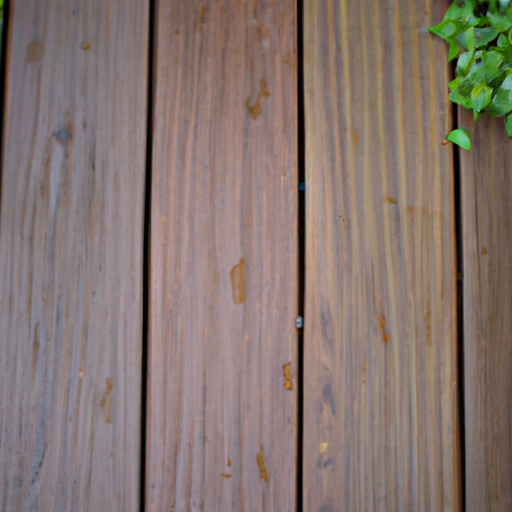Introduction
Plywood is a versatile and commonly used building material known for its strength and durability. However, one common concern among many is whether plywood can withstand exposure to water. In this article, we will provide you with the ultimate guide to protecting your plywood from water damage. So, let’s dive in and find out if plywood can get wet and how to prevent water damage effectively.
Understanding Plywood and Water
Plywood is made by gluing together multiple layers of thin wood veneers, creating a strong and stable sheet. While plywood is generally resistant to moisture, it is not entirely waterproof. When exposed to water for extended periods or in high humidity environments, plywood can absorb moisture, leading to swelling, warping, and ultimately, structural damage.
Preventing Water Damage
To protect your plywood from water damage, here are some effective measures you can take:
1. Seal the Edges: The edges of plywood are particularly vulnerable to water penetration. Applying a waterproof sealant or edge banding tape to the edges can significantly reduce the chances of water infiltration.
2. Use Waterproofing Agents: There are various waterproofing agents available in the market that can be applied to the surface of plywood. These agents create a protective barrier, preventing water from seeping into the wood.
3. Apply Paint or Varnish: Painting or varnishing plywood can provide an additional layer of protection against water. Make sure to choose a high-quality paint or varnish specifically designed for outdoor or wet environments.
4. Proper Installation: When using plywood in areas prone to water exposure, such as bathrooms or kitchens, ensure proper installation. Use appropriate adhesives, fasteners, and techniques to minimize the risk of water infiltration.
5. Maintain Good Drainage: If plywood is used in outdoor applications like decks or fences, ensure proper drainage to prevent water from pooling or accumulating on the surface. Regularly clean the plywood and remove any debris that may trap moisture.
Regular Inspection and Maintenance
Even with preventive measures in place, it is crucial to regularly inspect your plywood for any signs of water damage. Look for swelling, discoloration, or any changes in shape that may indicate water infiltration. If you notice any issues, take immediate action to address them before the damage worsens.
Conclusion
While plywood is not entirely waterproof, it can withstand some exposure to water if proper precautions are taken. By sealing the edges, using waterproofing agents, applying paint or varnish, ensuring proper installation, and maintaining good drainage, you can significantly reduce the risk of water damage to your plywood. Remember to regularly inspect and maintain your plywood to ensure its longevity and structural integrity. With these measures in place, you can confidently use plywood in various applications without worrying about water damage.




